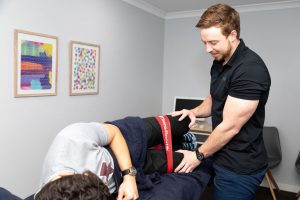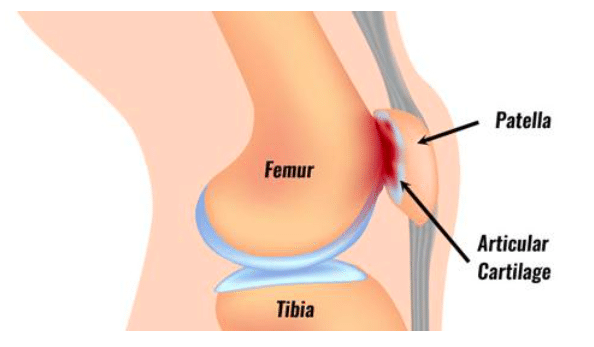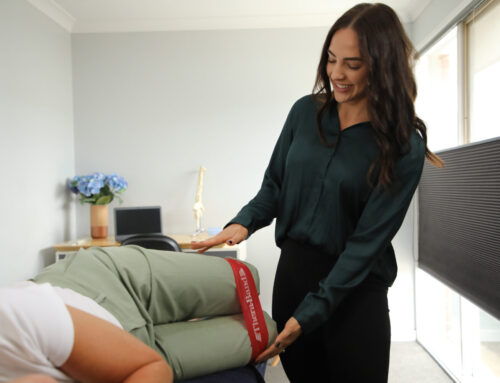Sore knees or tenderness around your kneecap? If you’re a physically active person experiencing knee pain, you might have something called patellofemoral pain syndrome.
Patellofemoral pain syndrome (PFPS), AKA Runner’s knee is a condition that causes pain just behind the knee cap. Being quite a common problem amongst physically active individuals – particularly young adults and females – it is often worsened with activities that put more stress on the knee joint such as running, jumping, or going up and down stairs. PFPS can exist in non-athletes also.
Causes of PFPS
Let’s discuss the basic anatomy around PFPS: The Patellofemoral joint consists of the patella (kneecap) and the femur (thigh bone). While running or jumping, the patella glides througha groove on the femur as our knee joint straightens and bends. If motion at this joint is reduced, the overall knee mobility may be restricted, and PFPS discomfort may be produced during certain activities by the patella tracking to the outside of the knee.
Changes in load
A sudden change in physical activity levels such as an increase in training duration or increasing the number of times you are exercising per week is likely to put additional unaccustomed stress through the knee joint.
Joint & Muscle imbalances
With knee pain, we often find the weakness is from the hip joint above, or the ankle joint below. Often individuals with hip or ankle alignment problems are more likely to have pain relating to runner’s knee.
Weakness in muscles at these areas can also contribute to the pain, for example, weak hip abductor muscles can lead to excessive internal rotation, placing additional stress in the knee.
Technique & training surface
Poor training technique, or changes in playing surface and footwear may also contribute to runner’s knee.
As you can see, there are a range of factors that could be contributing to PFPS. It is important to get a full assessment to see what exactly is causing the issue for you.
Therefore, we can determine how we might manage your PFPS:
 Osteopathic treatment
Osteopathic treatment
- Taping of the patella
- Manual therapy to alleviate pain
- Releasing tightness in the quadricep & glute muscles
- Increasing the range of motion through the ankle joint
Activity Modification & Education
- Temporarily reducing running distance or intensity
- Avoiding extended periods of sitting
- Advice on footwear, foot orthotics & training surfaces
- Education on avoiding overloading the knee too quickly
 Exercise Rehabilitation
Exercise Rehabilitation
- Hip & thigh muscle strengthening
- Hip and ankle joint mobility
- Running form
- Eventually re-loading the knee joint progressively back to pre-injury volume and speeds
PFPS is known for being persistent, meaning that being off your feet alone does not always help. Osteopathy can provide effective treatment to address PFPS and improve mobility & function through manual therapy & a structured exercise program specific to your anatomical needs. If you’d like professional guidance on the road to recovery for your knee pain, while preventing future episodes, contact us on 5941 4157 or book an appointment with us online!





